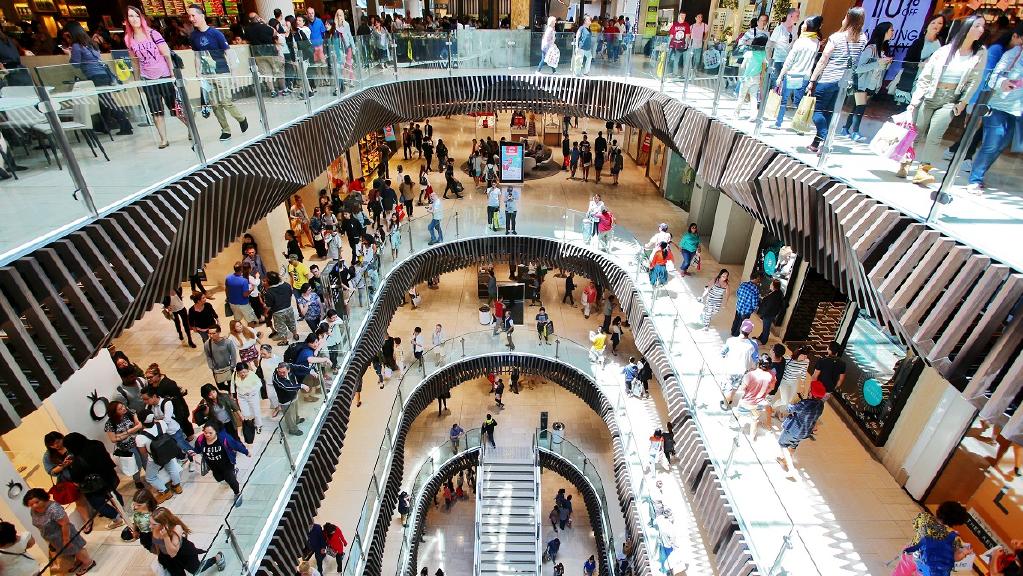For all its convenience, variety, and encouraging memes, online shopping hasn’t completely taken over. Thanks to the multimillion-dollar makeovers they’re receiving, malls continue to be filled with consumers day in and day out. But retailers aren’t out of the woods yet…

We’ve already established that while there is no ‘retail apocalypse’ in Australia, landlords haven’t thought twice about forking out millions and reinventing the shopping experience. Malls around the country have tripled in size and are looking as shiny and chic as Hollywood mansions, each one uniquely reflecting the character of its community. But paranoia has struck deep and the pressure is still on for malls and their retailers to maintain the influx of rabid shoppers.
The age of online shopping has taken its toll on many businesses, but rather than wail in despair – like a toddler demanding the latest iPhone – landlords and retailers are pulling their socks up and rising to the challenge. Many stores ranging from JB Hi-Fi to Vintage Cellars have instigated their own ‘click and collect’ service, hoping to beat the online menace at its own speedy-efficiency game as well as get customers in store where they can be tempted to browse. Stores in America, such as Kohl’s have gone one step further and begun accepting returns from Amazon, eradicating the headaches of online returns completely. Australia hasn’t had to resort to this yet, but no doubt it’s in the retailer’s arsenal.

But the biggest weapon at a mall’s disposal is still the money of its landlords, with constant remodeling its most effective defense. If there’s one area where online shopping has really had an impact, it’s apparel. Despite the luxury of being able to try before you buy, the convenience and greater access to the latest trends has caused many fashion stores to crumble. Some are hanging in there with varying degrees of success; you can find Rubi shoes and Typo essentials at any Cotton On, while others have fizzled as fast as a berocca in the rain. The walls go up cordoning off the space and a week later a new restaurant or lifestyle store opens its freshly painted doors. Aha! It seems that it’s not always the customer who’s right: landlords and analysts are quick to spot the consumerist patterns in their community and adjust the mall accordingly, meaning less experimental boutiques and more places where you can buy your vegan substitutes. Even supermarkets have upped their game (literally), offering customers a range of gourmet meats and naturalist ingredients we’d never seen before Masterchef.

With their continual makeovers, savvy retailers, and catering to community trends, the life expectancy of malls is humming away like a trusty escalator. While it may suffer a hitch when another apparel store closes its doors, landlords are standing by with defibrillators ready to jolt it back to life, and it’s working. Hundreds of people continue to spend a day mindlessly wandering, browsing, eating, and shopping all in the one space. The only thing that could sweeten this deal would be cheaper parking!






